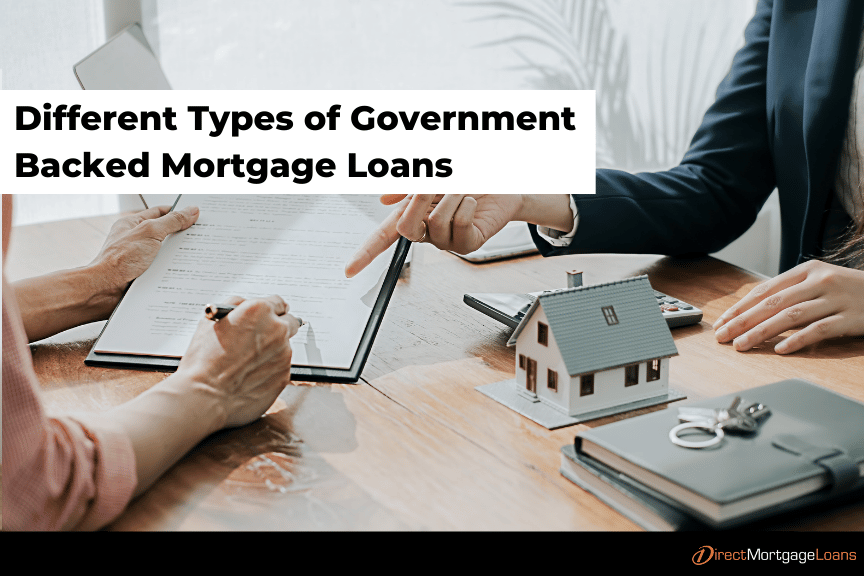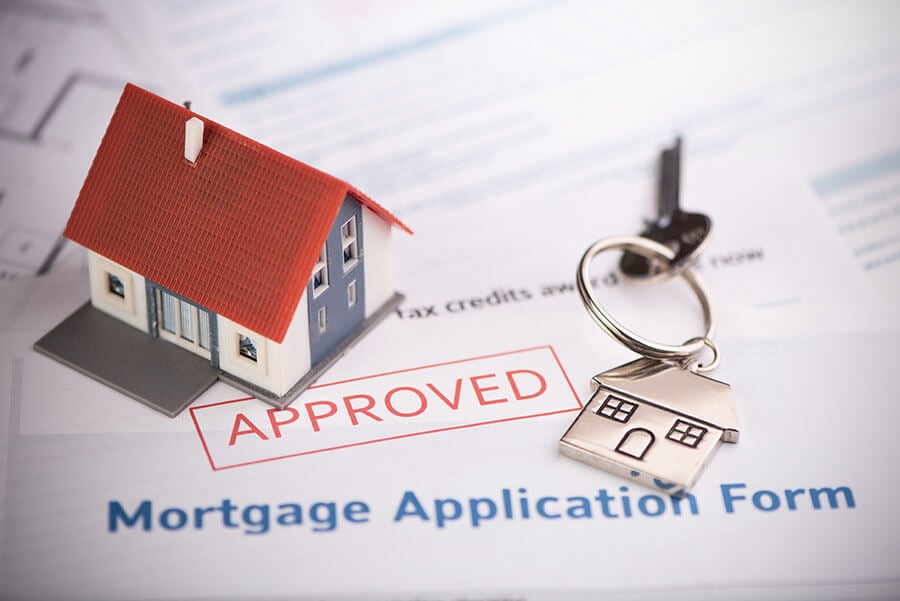A Full Overview of Conventional Mortgage Loans for First-Time Buyers
A Full Overview of Conventional Mortgage Loans for First-Time Buyers
Blog Article
The Crucial Aspects to Think About When Deciding On Between Fixed-Rate and Variable-rate Mortgage Car Loans
When assessing mortgage alternatives, consumers deal with a critical choice between adjustable-rate and fixed-rate financings, each offering distinctive benefits and potential risks. Key considerations such as rates of interest security, predictability in regular monthly settlements, and the implications of potential price adjustments can significantly impact long-term monetary health. Recognizing the expected period of homeownership and the general price of loaning can form one's technique. As these factors intertwine with individual economic scenarios and risk resistance, the effects of this selection may not be as straightforward as they appear. What subtleties should be prioritized in this vital decision-making process?
Passion Price Stability
When choosing a home loan, comprehending rate of interest rate stability is essential for notified decision-making. Interest prices can significantly affect the general expense of a home mortgage, and identifying the nature of these rates is crucial for customers.
On the other hand, adjustable-rate home mortgages (ARMs) start with reduced first rates that may transform periodically based on market conditions. While this can result in lower repayments initially, it also introduces uncertainty, as borrowers might deal with raised repayments if rates of interest increase. For those taking into consideration an ARM, it is important to evaluate the likelihood of rate modifications, the potential for payment boosts, and the length of the initial fixed-rate period.
Ultimately, the option in between fixed-rate and adjustable-rate home mortgages pivots on individual danger tolerance and financial scenarios. Comprehending rate of interest stability assists consumers make notified choices that straighten with their long-lasting financial goals.
Monthly Repayment Predictability
While customers often prioritize rates of interest security, the predictability of month-to-month settlements is equally essential in the mortgage choice procedure (Conventional mortgage loans). Monthly payment predictability plays a crucial duty in budgeting and financial planning, as it directly influences a house owner's cash flow and overall monetary wellness
Fixed-rate home mortgages provide a constant regular monthly settlement throughout the life of the financing, enabling consumers to prepare for and intend their costs properly. This stability can be particularly helpful for novice buyers or those on a fixed income, as it eliminates the unpredictability connected with varying repayments.
Conversely, variable-rate mortgages (ARMs) usually include lower initial repayments that can transform over time, causing prospective irregularity in regular monthly obligations. While originally attractive, this unpredictability can complicate economic preparation, particularly if consumers do not represent future rate adjustments.
Possible Rate Adjustments
In the realm of adjustable-rate mortgages (ARMs), prospective rate modifications represent a substantial element that borrowers should carefully take into consideration. Unlike fixed-rate home mortgages, where the rate of interest stays unmodified for the life of the car loan, ARMs are characterized by varying rate of interest that are linked to market indices. This irregularity can cause significant changes in regular monthly settlements, impacting the borrower's monetary planning and budgeting.
Typically, ARMs have a first fixed-rate period throughout which the rate of interest rate is secure. After this period, nevertheless, the rate adjusts at predetermined intervals-- frequently annually. Borrowers need to know the margin and index made use of to compute these modifications, as they straight affect straight from the source future rate of interest. In addition, ARMs typically include caps that limit just how much the rate of interest can enhance at each modification and over the life of the funding, which can give some degree of defense against drastic rate walks.
Understanding these potential changes is vital for borrowers, as they directly affect lasting payment obligations. For that reason, assessing personal economic circumstances and run the risk of tolerance is essential when determining whether an ARM straightens with one's monetary objectives.
Car Loan Term Considerations
Financing term factors to consider play a pivotal role in the decision-making process for borrowers selecting between adjustable-rate and fixed-rate home loans. The length of the funding term substantially impacts regular monthly repayments, interest rates, and overall monetary preparation.

Ultimately, consumers have to analyze their personal situations, financial objectives, and market problems when weighing the ramifications of loan term selections within each home loan kind.

General Cost of Loaning
The overall price of loaning is a critical variable that can substantially influence a debtor's choice between fixed-rate and adjustable-rate home loans. Fixed-rate mortgages provide foreseeable month-to-month settlements, as the rates of interest continues to be constant throughout the financing term. This predictability can bring about lower general prices, especially in a secure or declining rate of interest setting. Debtors can budget plan efficiently, recognizing their repayments will certainly not change.
Conversely, variable-rate mortgages (ARMs) commonly begin with reduced preliminary prices, causing reduced upfront expenses. Nevertheless, these rates can raise after an initial period, leading to potentially greater long-term costs. Consumers have to take into consideration the regularity and degree of rate modifications, in addition to the overall loan period, to properly analyze the economic effects.
Furthermore, the general expense of borrowing encompasses not only interest prices yet also fees and other linked prices, such as closing costs and insurance (Conventional mortgage helpful resources loans). Therefore, when evaluating home mortgage alternatives, borrowers need to carry out a detailed expense analysis over the life of the lending. By doing so, they can make an enlightened decision that straightens with their monetary goals and take the chance of tolerance
Verdict
Interest rate stability and month-to-month payment predictability are critical for efficient budgeting, while the possibility for price modifications in ARMs introduces economic uncertainty. Furthermore, the expected period of homeownership and the total cost of loaning, including view publisher site passion rates and linked charges, should line up with private economic conditions and take the chance of resistance.
Key considerations such as rate of interest price security, predictability in monthly repayments, and the ramifications of prospective rate modifications can dramatically influence lasting financial health. Interest rates can significantly influence the overall cost of a mortgage, and recognizing the nature of these prices is essential for consumers. Unlike fixed-rate mortgages, where the interest price stays the same for the life of the car loan, ARMs are defined by varying interest prices that are linked to market indices. Furthermore, ARMs typically include caps that limit just how a lot the interest price can raise at each change and over the life of the finance, which can provide some degree of security against extreme rate walks.
Passion rate security and monthly payment predictability are paramount for efficient budgeting, while the potential for price modifications in ARMs introduces monetary uncertainty.
Report this page